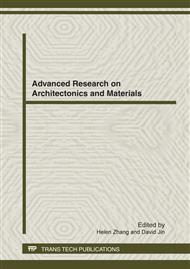p.3
p.8
p.12
p.16
p.20
p.24
p.28
p.32
Study on Corrosion Behaviour of Nickel Alloy in Acidic Environments
Abstract:
Abstract: Alloy 600 was studied in different acidic environments with three approaches including Tafel curve method, linear polarization method and AC impedance curve. Experimental results showed that there was greatest corrosion velocity when pH was 4 for preventing film factor; and it was possibly caused by elements corrosion dissolving with different proportional compared with Alloy 600 metallurgical contents.
Info:
Periodical:
Pages:
16-19
Citation:
Online since:
April 2012
Authors:
Keywords:
Price:
Сopyright:
© 2012 Trans Tech Publications Ltd. All Rights Reserved
Share:
Citation:


